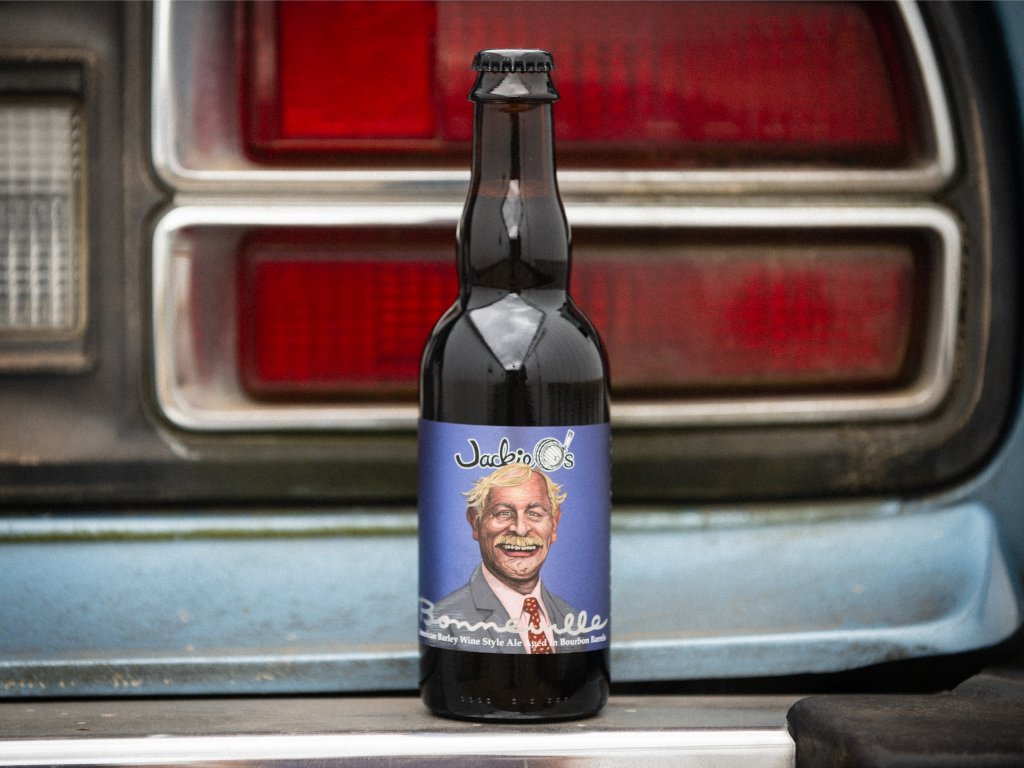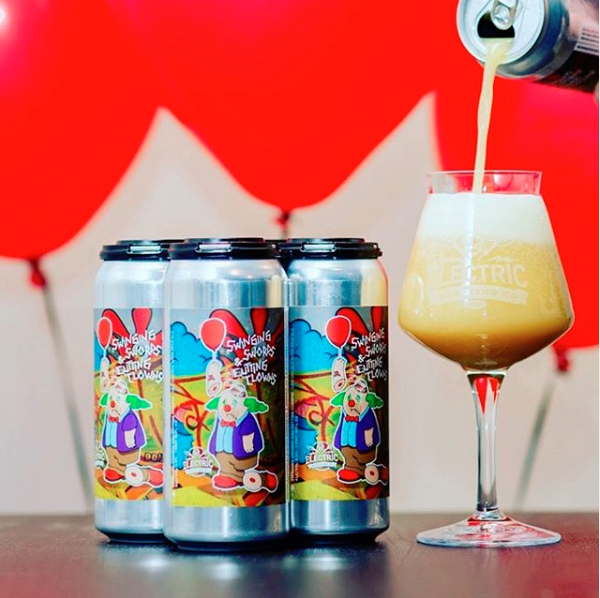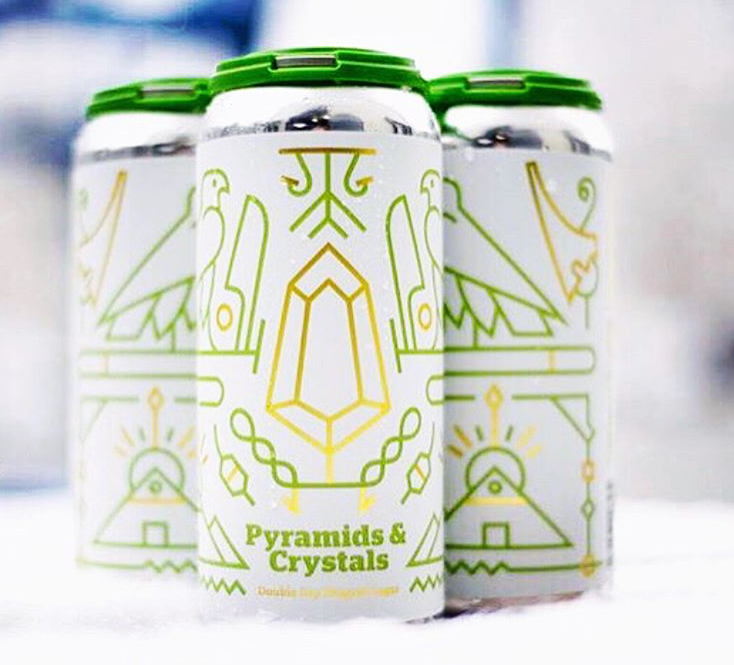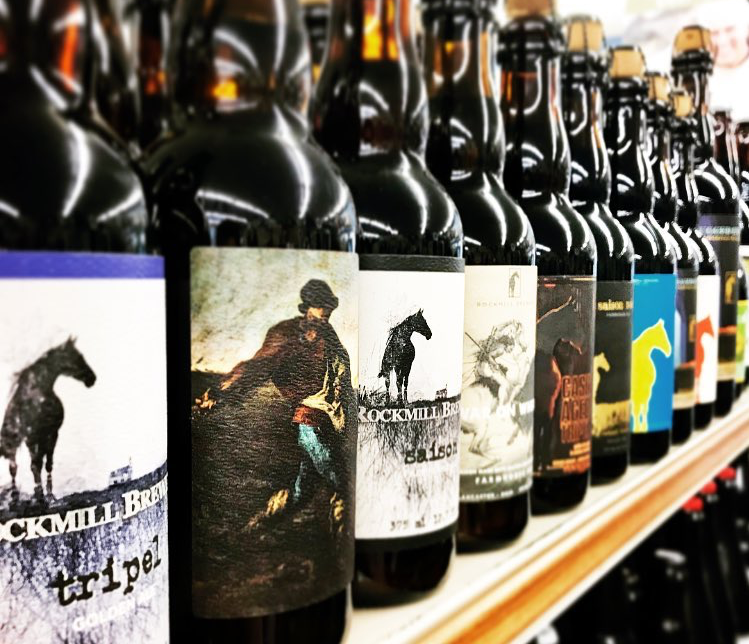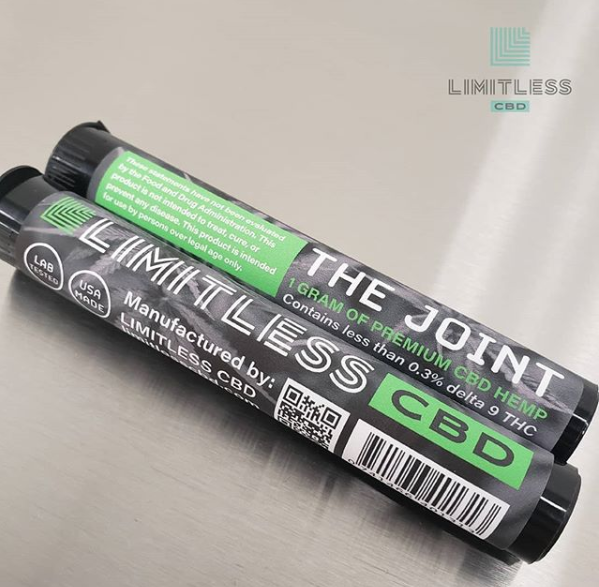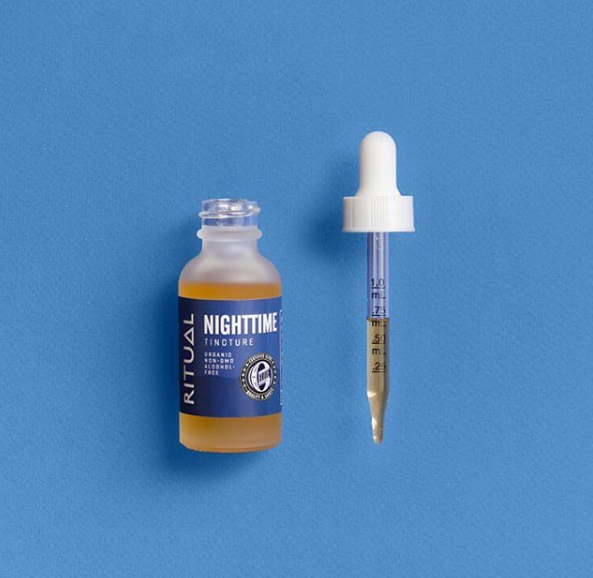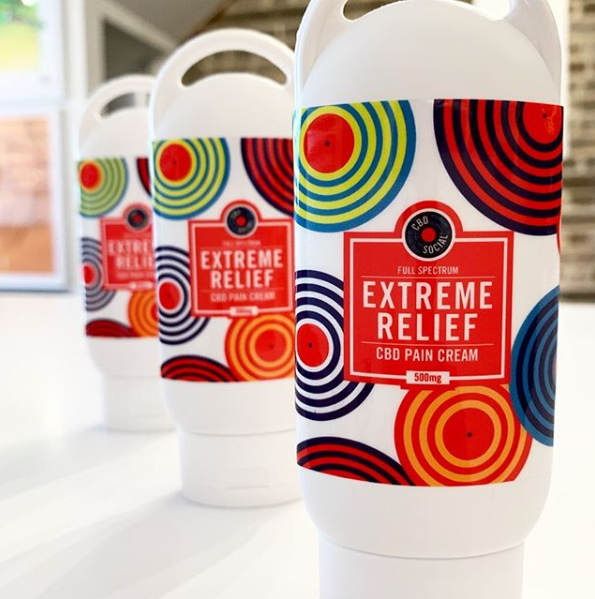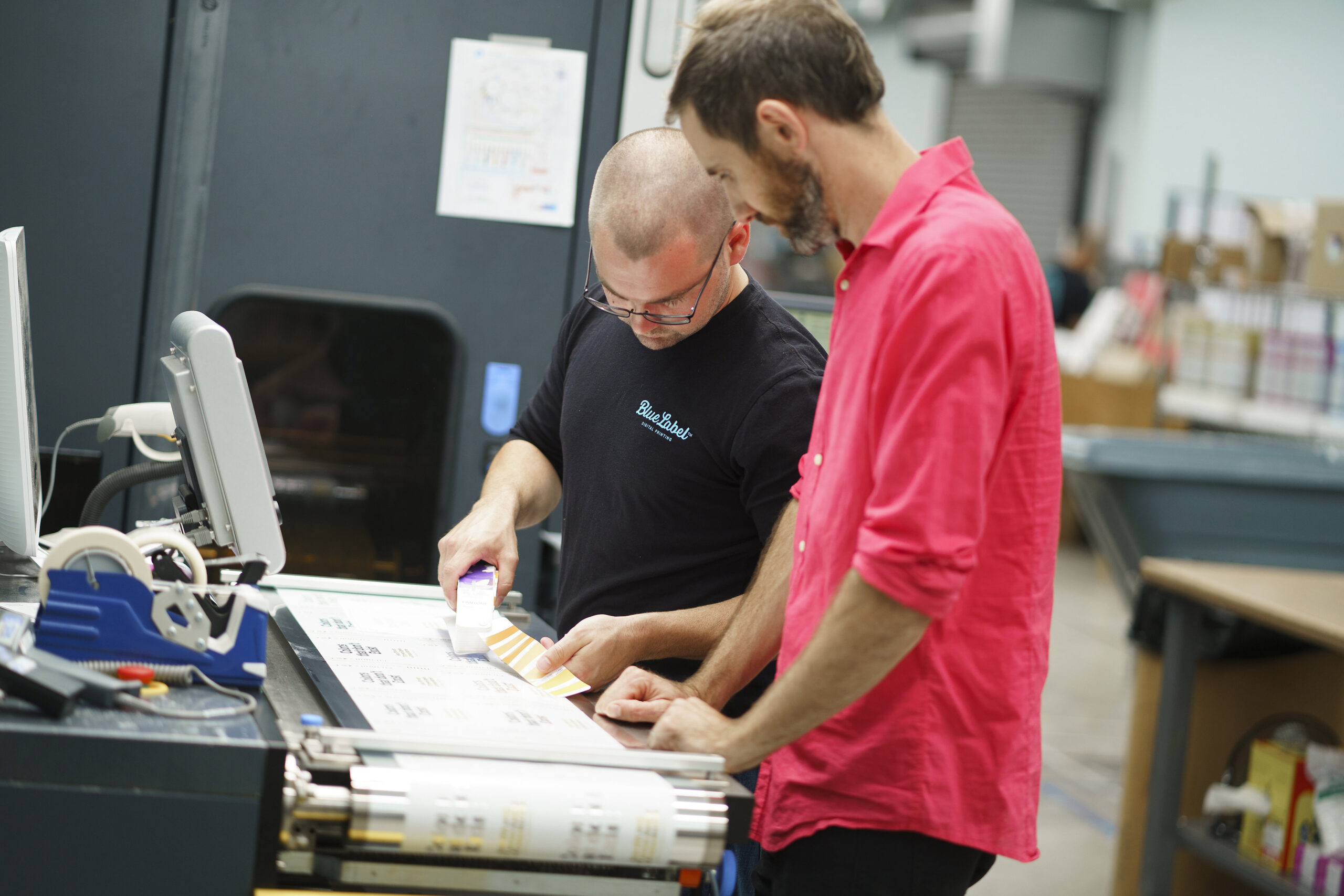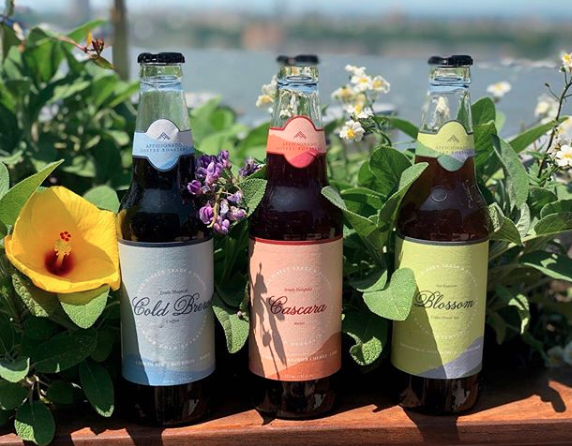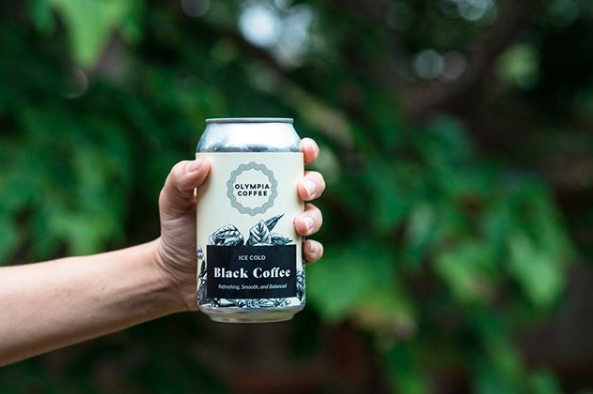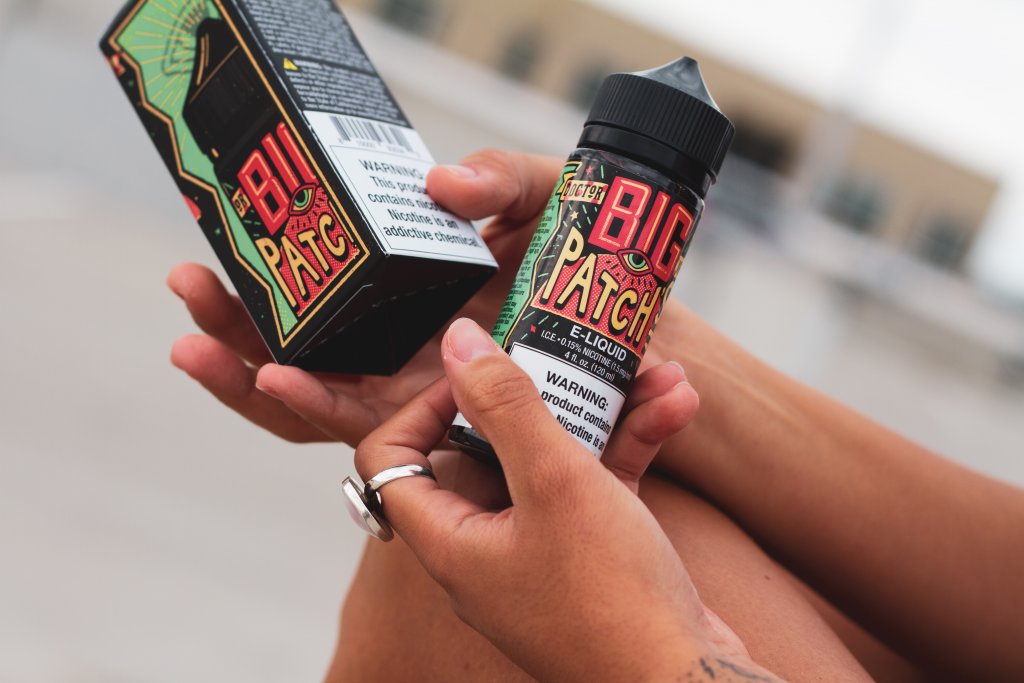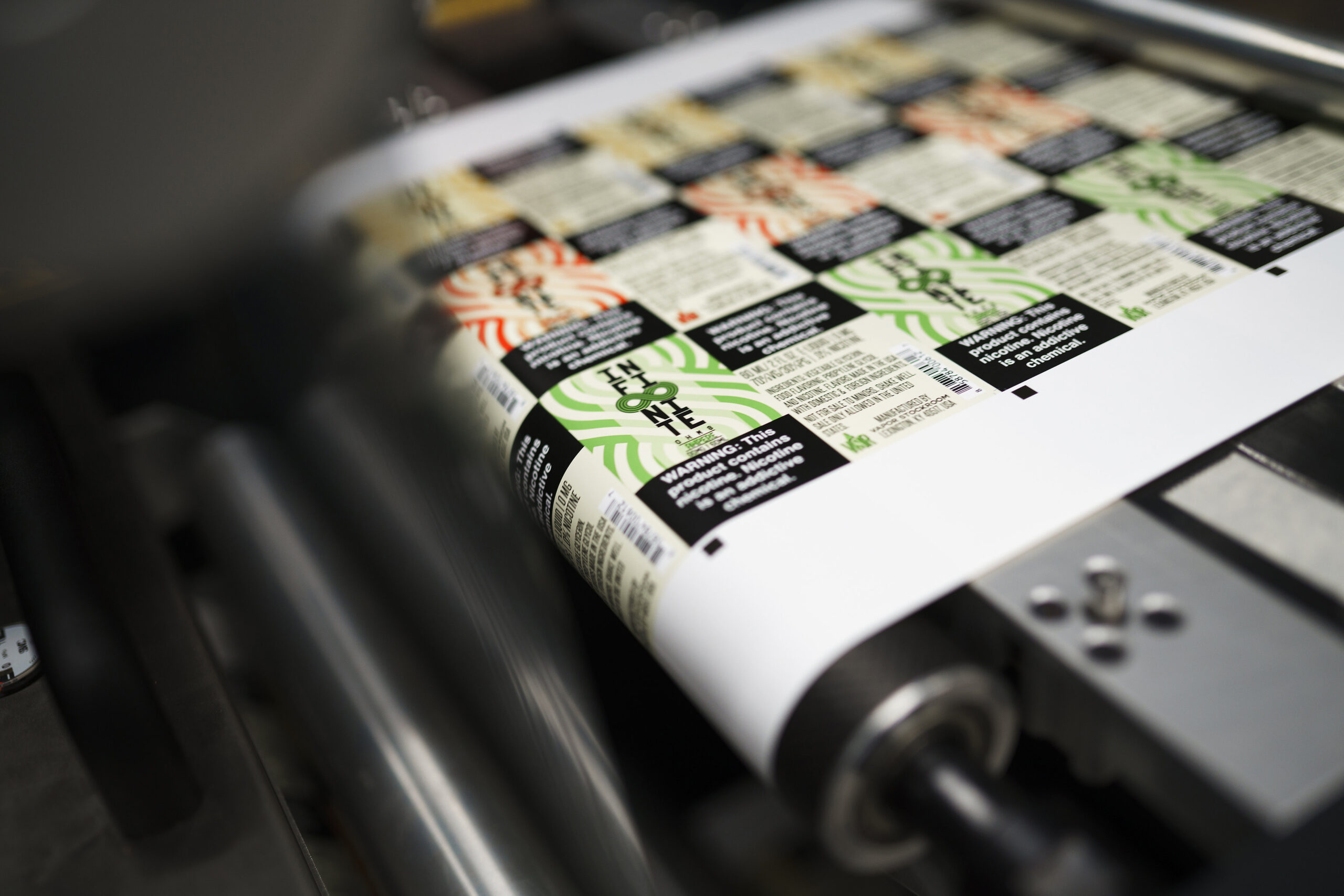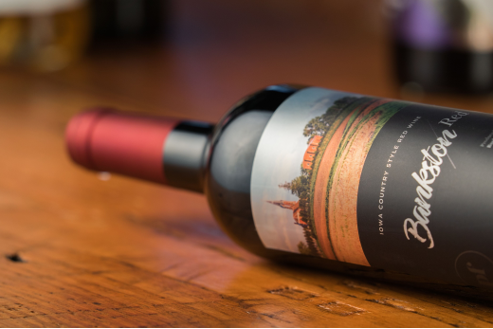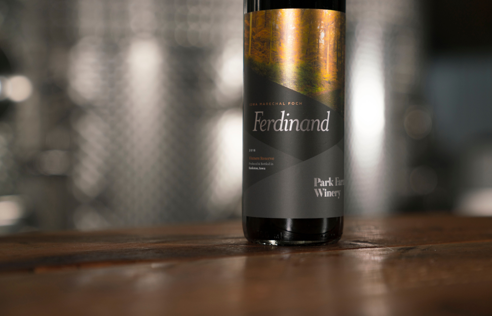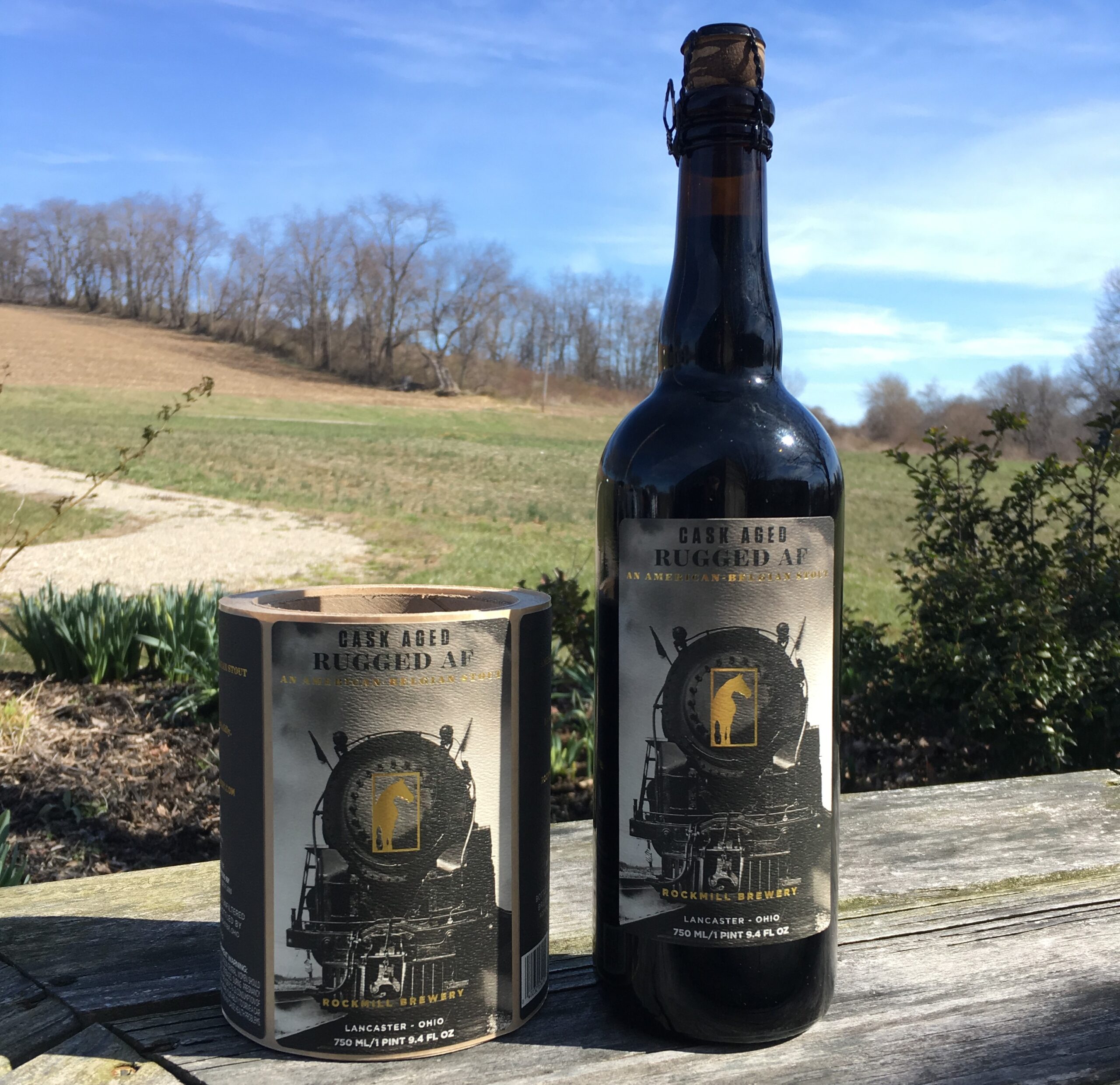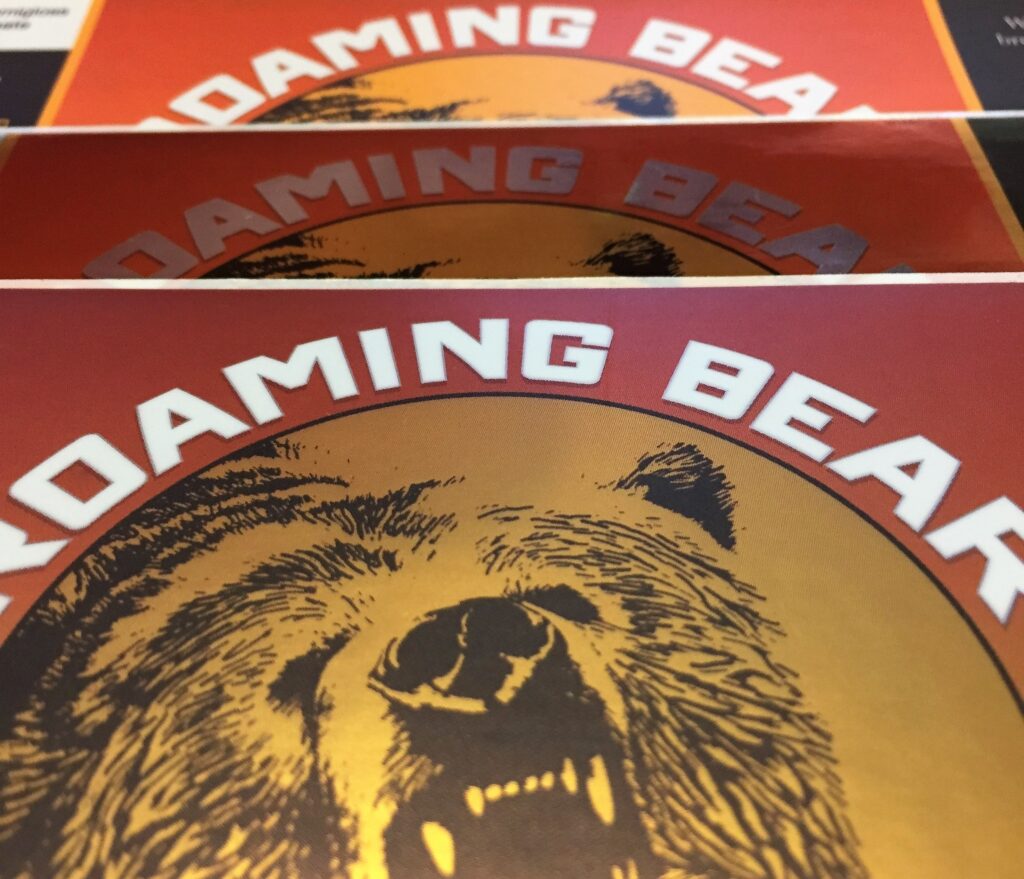Varietal Wine Labels: How to Follow the TTB’s Rules on Varietal Labeling
From chardonnay to pinot noir, wine types play a significant role in communicating what your bottle has to offer to shoppers, restaurant-goers, and any other form of oenophiles. However, there are some specific rules regarding how you present various varietals on your wine labels.
As with just about everything you need to include on a wine label, the Alcohol and Tobacco Tax and Trade Bureau (TTB) is pretty particular about your varietal presentation. There are three official categories of wine – table wine, dessert wine, and sparkling wine. However, a label may list a specific varietal statement instead as long as you follow a few specific rules.
Meet Minimum Grape Percentage Requirements
If you want to use a specific varietal name, your wine needs to meet some minimum requirements. To start, any wine label with the name of a grape variety must be made from at least 75 percent of the listed type of grape. However, that percentage can change depending on which varietal you use and your region.
In addition to wine type, the TTB also requires that you list an appellation of origin on your label. This appellation is simply a statement of where the dominant grapes used in a wine were grown. This appellation can range from only stating the name of the country to a very specific viticultural area.
As you move into more specific areas, your grape usage requirements can change. For example, certain semi-generic designations like an American marsala may carry additional requirements, such as a certain alcohol range. Each level of geographic detail has its own rules and designations, but that’s a conversation for another blog post. When it comes to varietal rules, the main takeaway is that you use the right percentage of grapes so that the TTB doesn’t turn down your label.
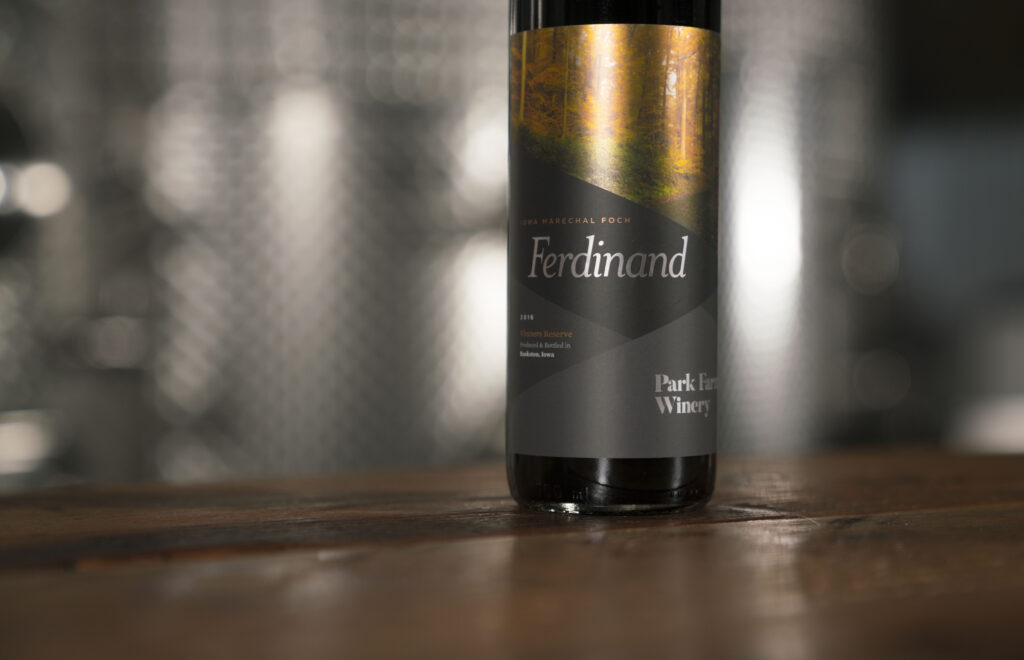
Use an Approved Varietal
If you’re concerned that the TTB won’t recognize some lesser-known grape varieties, don’t worry. From aglianico to zweigelt, there are more than 300 approved varietal names listed in the Electronic Code of Federal Regulations (e-CFR), all of which are approved for use as a type designation for American wines.
While you may choose to capitalize the names of your varietal or use any hyphens, accents, or any other phonetic marks when printed on your label, the TTB does not require you to do either. As long as you use one of the approved spellings of your grape, or one of the alternative names listed in the e-CFR, you’re all set, regardless of if you opt for a lowercase presentation or choose to remove the umlaut out of grüner veltliner.
If for some reason your preferred varietal is not on the approved list, you’re not completely out of luck. You’ll need to petition the TTB administrator and provide some evidence as to why your grape of choice is deserving of inclusion.
List Breakdowns of Each Varietal if You Use More Than One
There is a way around the 75 percent grape baseline – blends. The TTB allows you to list more than one wine type designation on a label as long as you meet a few different requirements.
First, your wine must be made with all the varieties you list on your label. You can’t include three types that make up 95 percent of your bottle and decide not to include the varietal that makes up the final five percent. Second, you need to include a percentage breakdown of each variety. The TTB gives you a two-percent cushion on accuracy, so you’re fine as long as each type falls within that tolerance.
These rules get a bit trickier with the inclusion of grapes from multiple areas. If your label has multiple counties or states listed as the appellation of origin, you’ll need to include the percentage of each variety by the county or state that variety comes from, which could notably increase the total percentages listed on your bottle.
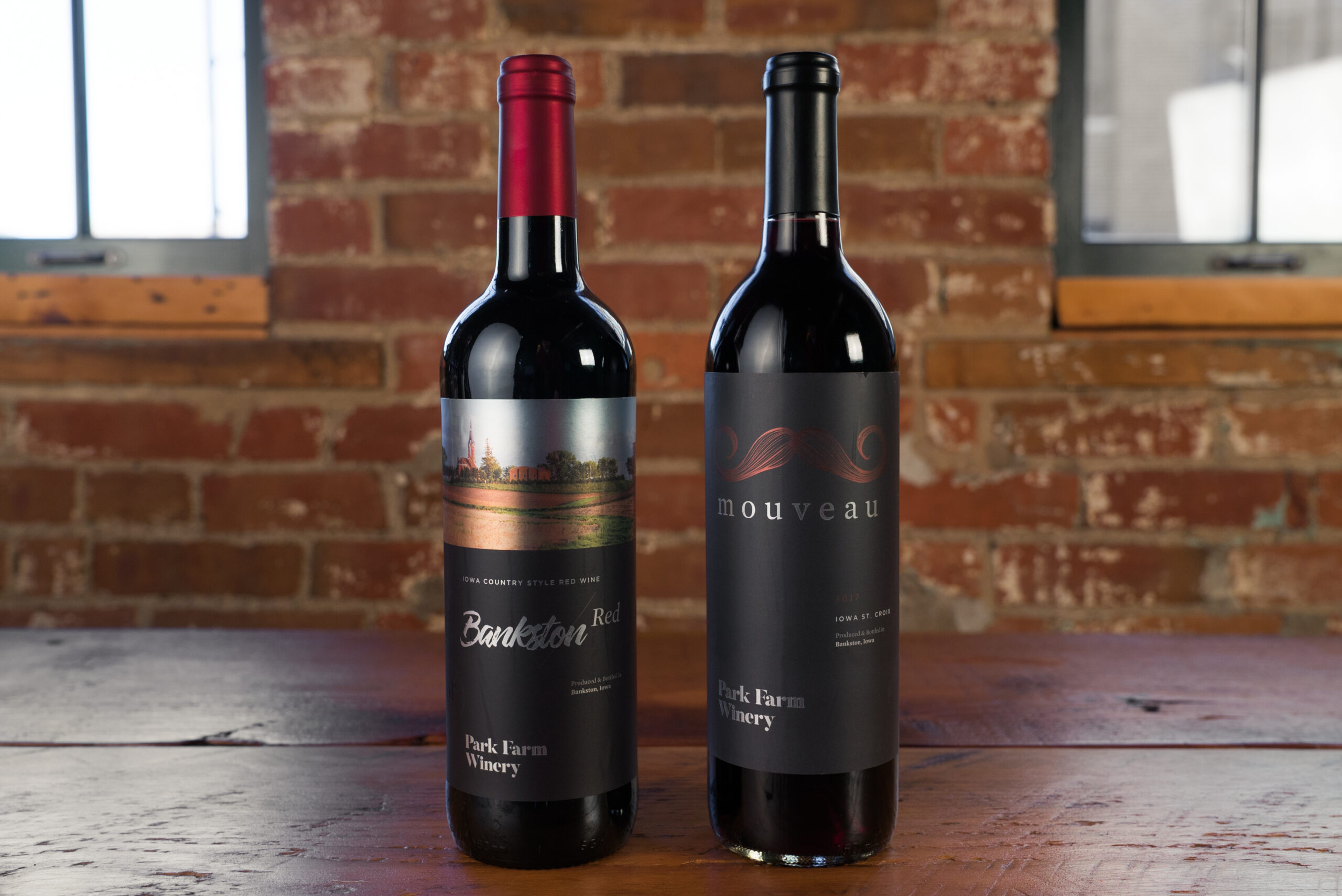
Follow General Label Guidelines
According to the e-CFR, all wine labels must be “readily legible under ordinary conditions, and all such statement shall be on a contrasting background.” Contrasting backgrounds are simple enough, but what exactly does “readily legible” mean?
Simply put, it means that your type listing, along with other mandatory wine label elements, needs to meet specific TTB rules. The requirements that impact your wine type listings are as follows:
- Required text must be at least two millimeters in size for containers of more than 187 milliliters or at least 1 millimeter for containers of less than 187 milliliters
- Mandatory information should be in English
- Important details should not be obscured by the label itself or any other elements
Of course, these rules don’t mean that you can’t have some fun with how you present your wine type. As long as you meet the guidelines, you can work your varietal’s name into your design to match your style. Compliance doesn’t need to be boring.
Find the Right Packaging Company for Your Wine Labels
When your wine is on the line, it’s important that your labels are more than just fine. Once you have all the mandatory details out of the way, it’s time to find a packaging company that can help you get the most out of your wine labels.
At Blue Label, we have the equipment and expertise necessary to take your labels to the next level. Whether we’re identifying the perfect stock for your wine label or taking advantage of special printing capabilities to amp up your design, we work with you to print the perfect labels for your brand and budget.
Ready to invest in quality labels for your bottles or cans? Contact us today to have us print your next batch of wine labels.
